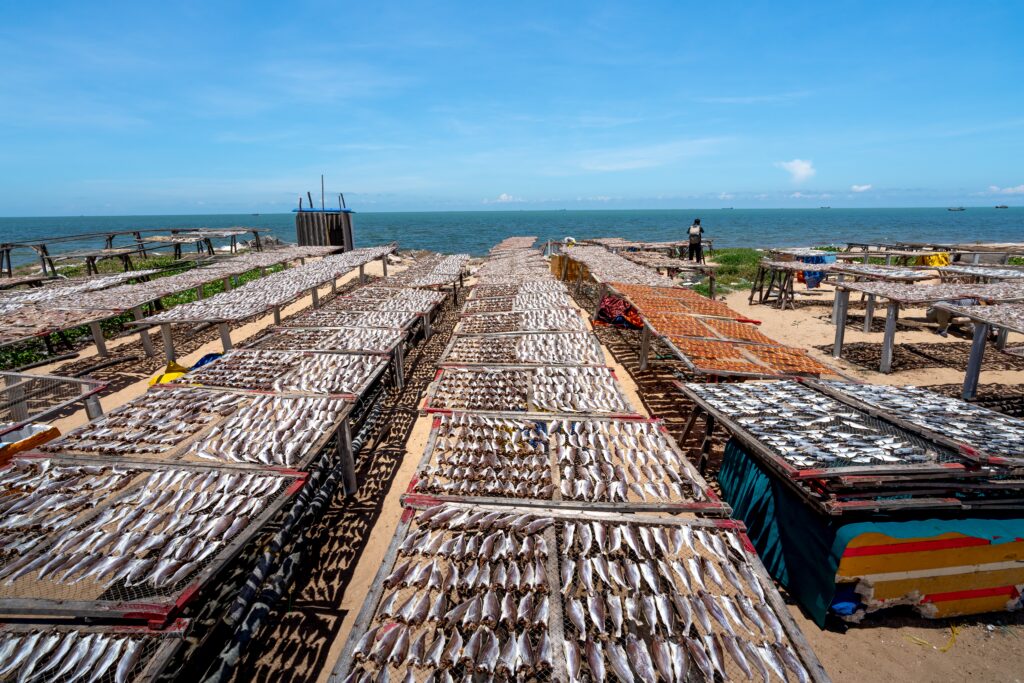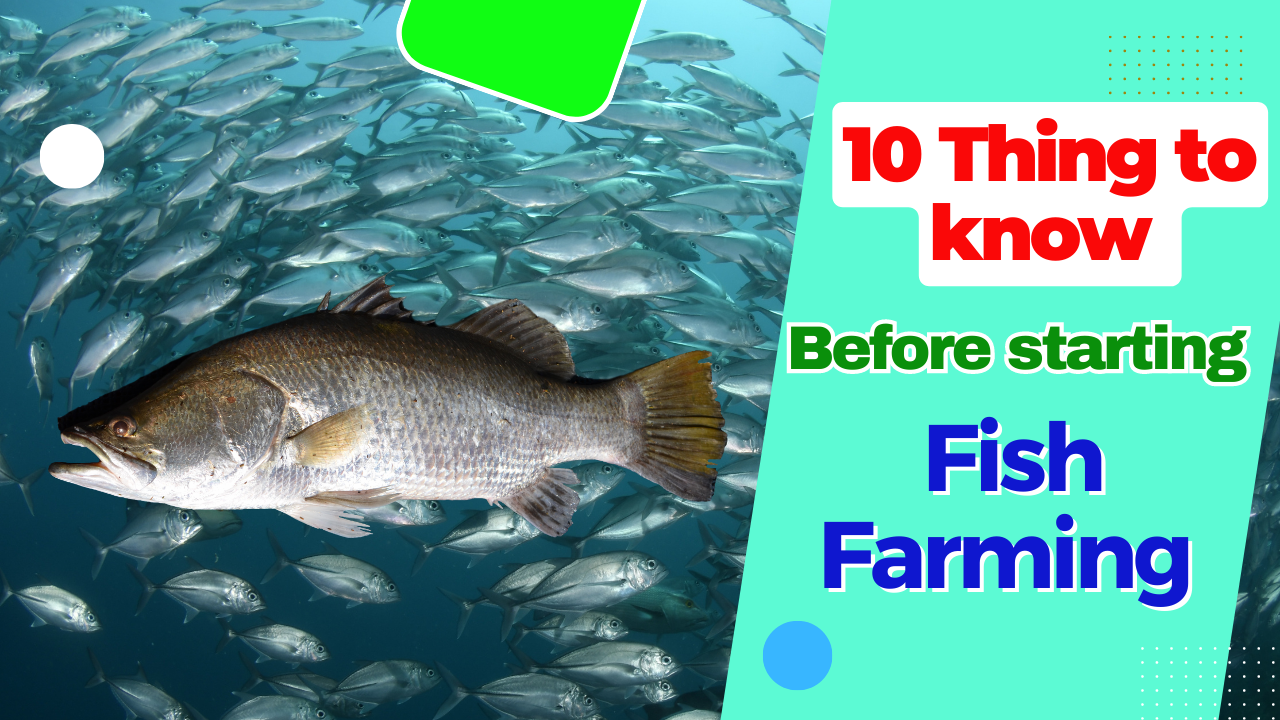Fish farming business has been gaining traction in rural India as it provides a means for income generation and employment opportunities. With a growing population and increasing demand for protein-rich foods, the demand for fish has surged in recent years. This has led to the growth of fish farming activities in many rural areas across the country.
Both the central and state governments have taken measures to promote and support fish farming by providing subsidies, technical support, and training to farmers. For instance, the National Fisheries Development Board (NFDB) has launched various schemes to provide financial assistance to fish farmers, such as the “Blue Revolution” scheme and the “Pradhan Mantri Matsya Sampada Yojana” (PMMSY) scheme.
Moreover, fish farming has the potential to create employment opportunities in rural areas, from hatchery operators, feed manufacturers, and fish processors to marketing and transportation jobs. The government schemes also encourage farmers to adopt advanced technologies and practices that increase productivity and efficiency in fish farming.
Fish farming has proved to be a profitable business for farmers, with a high demand for fish in both domestic and international markets. The low investment and high-profit margins make it an attractive option for farmers to diversify their income streams. Fish farming has emerged as a viable option for income and employment generation in rural India, and with the government’s support, it has the potential to revolutionize the rural economy.
If you are thinking to start a fish farming, here is a checklist of 10 important key points to be considered before start:
- Market demand: Conduct market research to determine the demand for fish in your area. Look for gaps in the market that you could potentially fill.
The demand for fish in India is steadily growing due to the increasing awareness of the health benefits of consuming fish. India is the second-largest producer of fish in the world, with a coastline of over 8,000 kilometers and numerous freshwater bodies. The fish market in India is divided into two main categories: inland fish and marine fish. Inland fish like Rohu, Catla, and Hilsa are popular in the northern and eastern parts of the country, while marine fish like pomfret, seer, and prawns are in high demand in the coastal regions. The demand for fish in India is expected to continue to rise in the coming years, driven by factors such as population growth, rising incomes, and changing dietary habits.

Fish farming in India
- Location: Choose a location that is easily accessible, has a good source of clean water, and is suitable for fish farming.
When selecting a location for fish farming in India, several factors must be considered. Firstly, the water source should be reliable and clean, with a pH level between 6.5 and 8.5. Secondly, the area should be free from pollution and should have good water circulation to ensure adequate oxygen supply. Thirdly, the climate should be suitable for fish growth, with temperatures ranging between 25°C and 30°C. Fourthly, access to transportation and markets is essential for the distribution of the fish. Lastly, the land should be suitable for building ponds or tanks, with suitable soil for pond construction and availability of electricity and water. Overall, a suitable location for fish farming in India should have clean water, good climate conditions, transportation facilities, and suitable land for pond construction.
- Water quality: Ensure that the water quality is suitable for the type of fish you plan to farm. Test the water quality regularly to ensure it meets the necessary standards.
- Capital investment: Fish farming requires a significant investment in infrastructure and equipment. Calculate the initial capital investment required and ensure you have adequate funds to start the business.
- Regulations and licenses: Check the local regulations and obtain the necessary licenses and permits for fish farming.
- Species selection: Choose the right species of fish based on your market research, location, and water quality.
- Feeding and nutrition: Determine the feeding requirements for the fish and ensure that you can provide them with a balanced diet.
- Disease management: Develop a disease management plan to prevent and control diseases in your fish.
- Marketing strategy: Plan a marketing strategy to sell your fish and build your customer base.
- Business plan: Develop a comprehensive business plan that includes all aspects of your fish farming business, including marketing, production, and financials.
It may also be helpful to consult with a expert advisor who specializes in fish farming or resource person with deep knowledge about fishery.
Good luck!!


